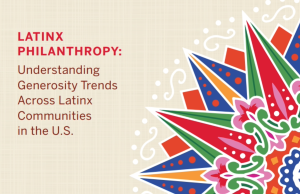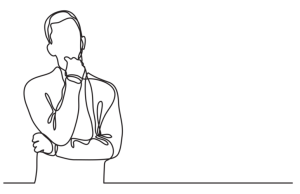If you’re communicating with your older donors about charitable estate gifts based upon the recency of their donation, your nonprofit could be doing it exactly the wrong way.
That’s the warning from Russell James, a professor in the Department of Personal Financial Planning at Texas Tech University in Lubbock, Texas. He discussed his research on the latest episode of Fresh Research, a podcast from The NonProfit Times.
“The Emerging Potential of Longitudinal Empirical Research in Estate Planning: Examples from Charitable Bequests” is based on the Health and Retirement Study (HRS), which includes nationally representative data that has come out every two years since 1992. The HRS tracked more than 14,000 people since age 50 to connect lifetime giving and other characteristics and planning and seeing where estates actually have been transferred.
The charitable component of an estate plan becomes very fluid prior to the end of life, according to James. Among people who actually transfer dollars to charities at the end of their lives, the tendency to make a donation or volunteer falls off about two to five years before their death, even though years early they may have been involved, whether as a donor or volunteer.
“If you have donors who are 70-plus, 80-plus, and you’re communicating based on recency, you’re guaranteed almost to be doing it exactly the wrong way when it comes to estate gifts,” James said. “If they’ve had a long history with the organization, you need to keep communicating with them, just stay in touch, stay in front of folks. Even if they quit giving or volunteering because that’s actually the typical behavior of people who do transfer dollars to charity at death,” James said.
“It turns out that they will stop giving right at the point, when they’re in that window of the last two to five years prior to death, when they’re actually signing their final estate planning documents that actually control the dollars and very commonly have changes to the charitable component,” he said.










